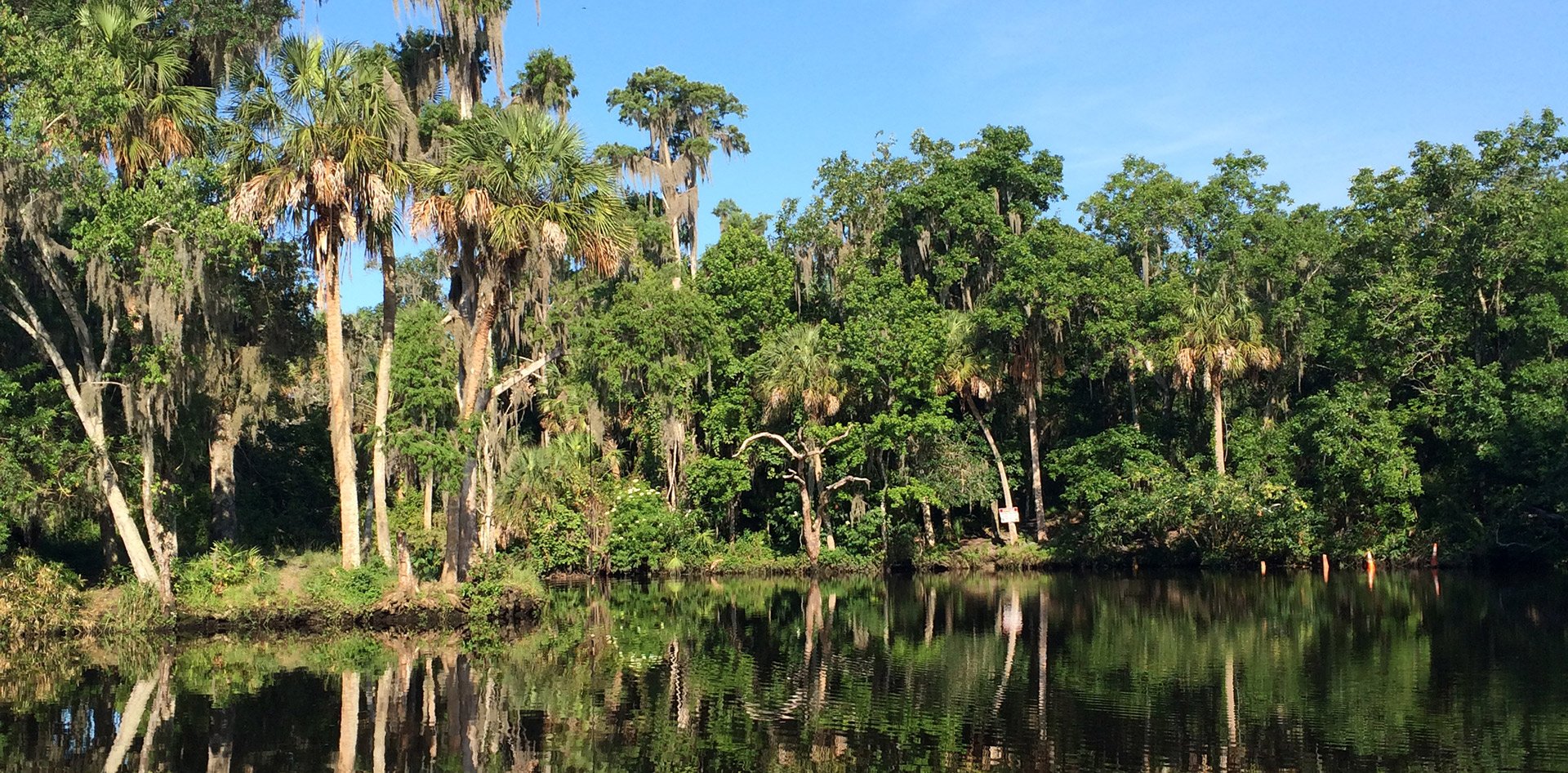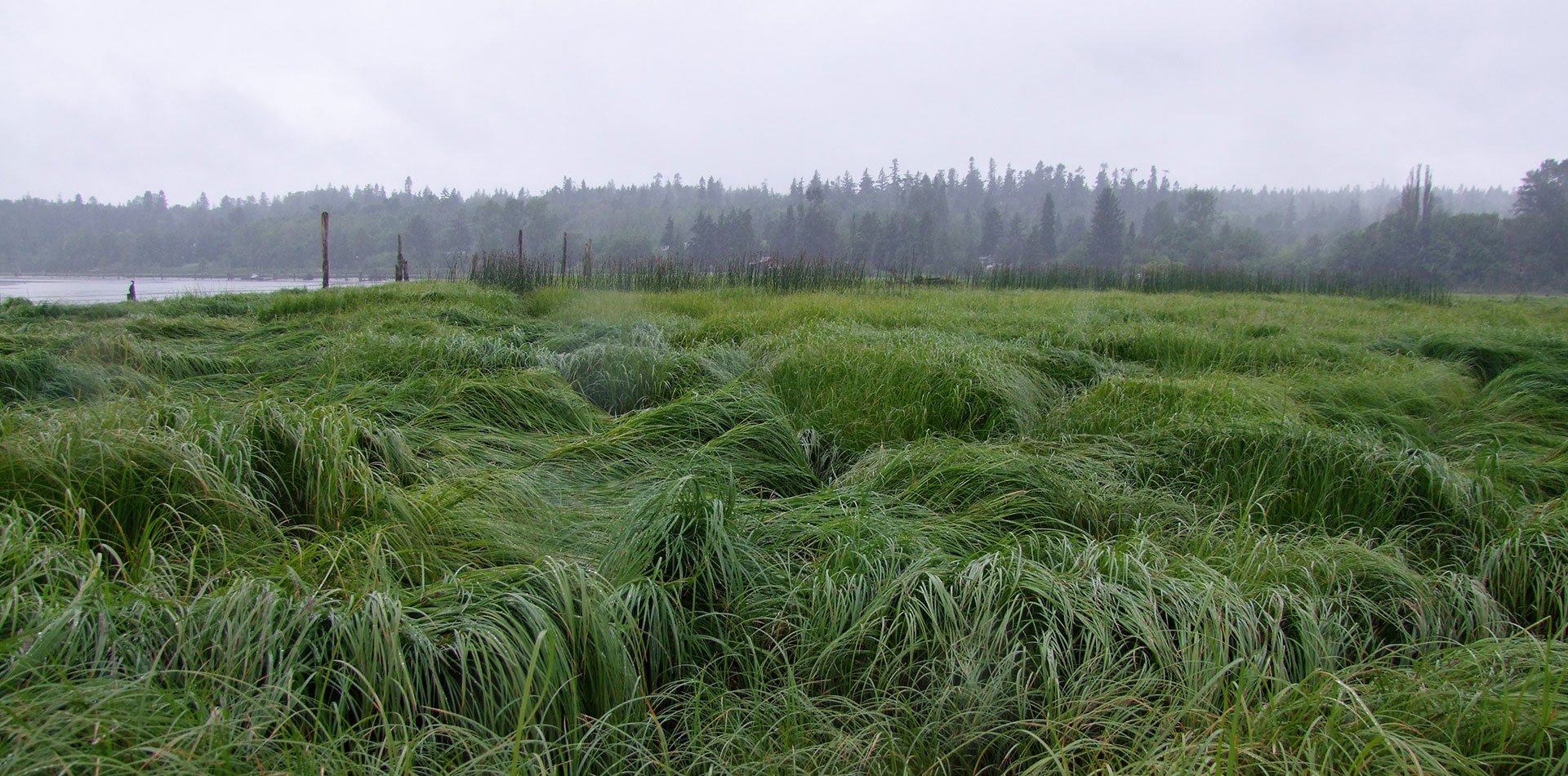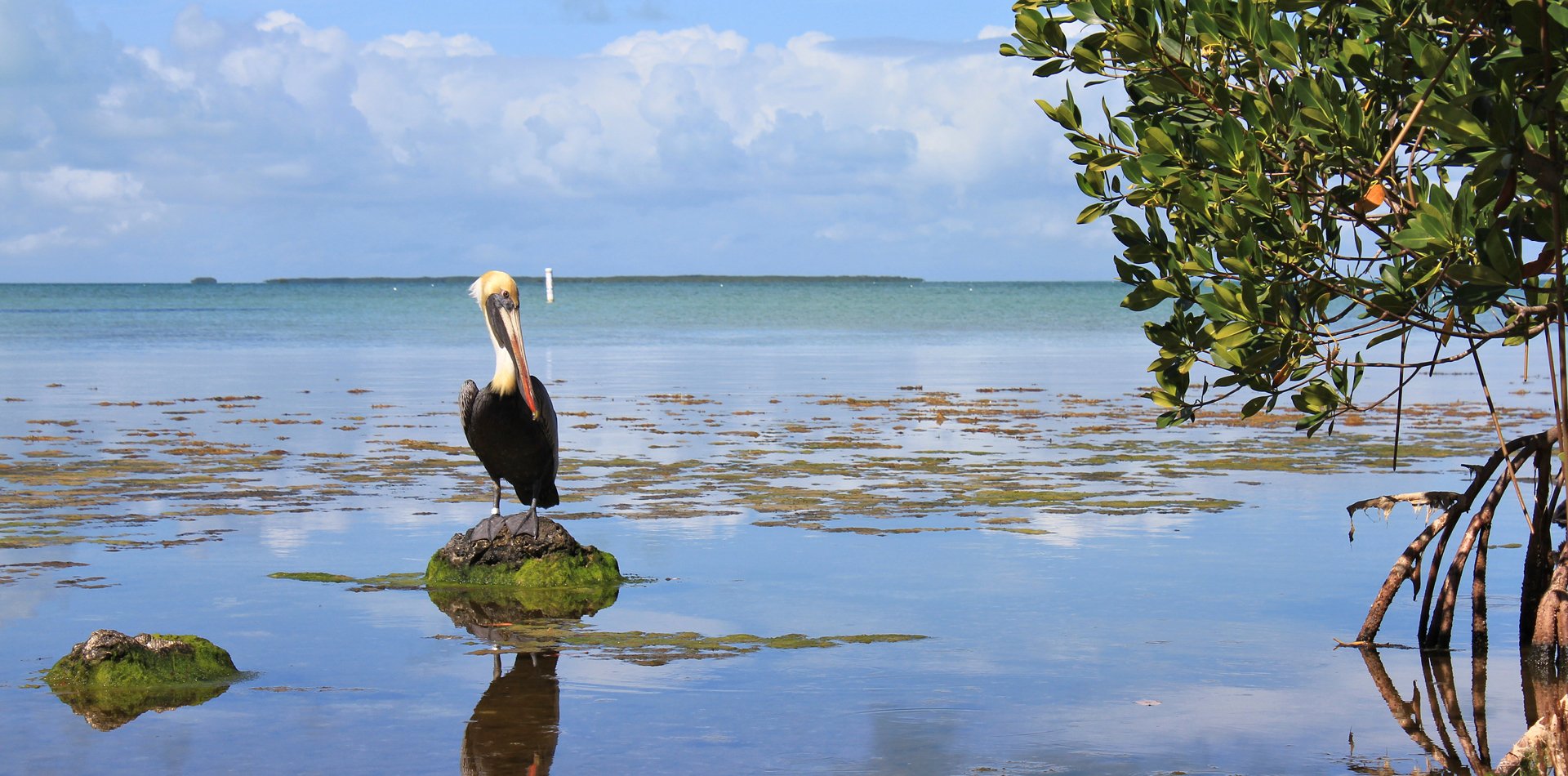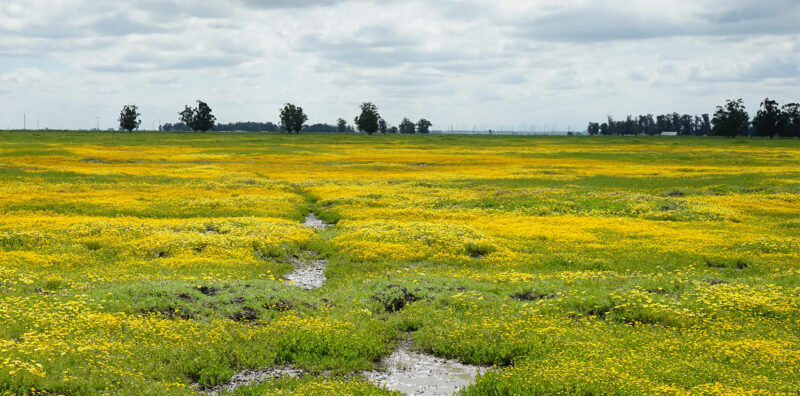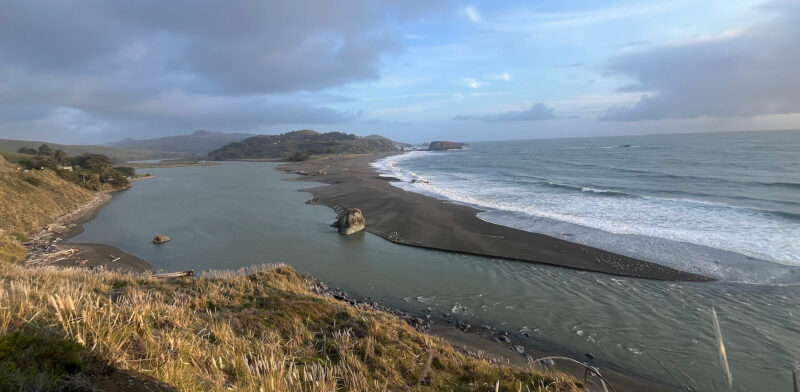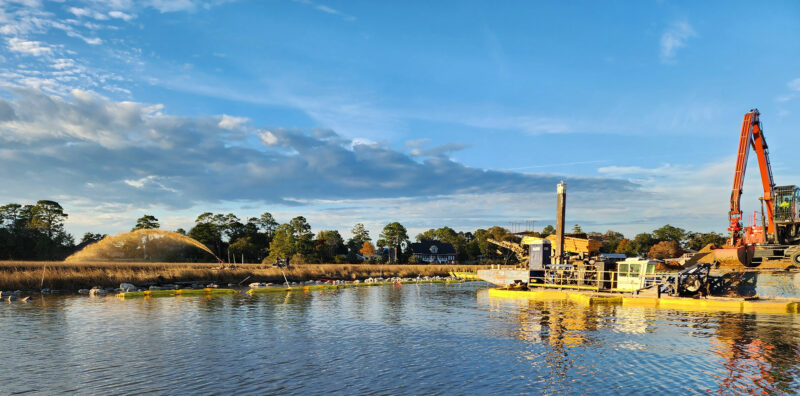To protect critical ecosystems and water supplies amid growing climate and regulatory pressures, ESA partners...

Tampa Bay Blue Carbon Assessment
The Tampa Bay Blue Carbon Assessment determined the past, current, and future climate change mitigation benefits of coastal habitat restoration and conservation in the Tampa Bay estuary.
Why does this project matter?
Over the past few years, the term “blue carbon” has gained significant levels of attention by marine researchers and resource managers. Tampa Bay is one of four members of the Environmental Protection Agency’s National Estuary Program to contain all three major blue carbon habitats: salt marshes, mangroves, and seagrass beds.
What is ESA doing to help?
ESA’s assessment, completed in close coordination with staff from Restore America’s Estuaries, identified opportunities for enhanced ecosystem management for climate change and determined the potential for enhanced investment in habitat restoration and coastal adaptation via development of blue carbon credits.
The study explored carbon sequestration changes expected across the landscape with different sea-level rise scenarios and outlined blue carbon benefits associated with the area’s varying habitats (salt marshes, mangroves, and seagrass meadows). It also explored the climate benefits associated with ongoing and potential future estuarine restoration programs and quantified the potential carbon market value of those efforts.
Connect with our team
Details
Client Tampa Bay Estuary Program
Location Tampa Bay, Florida
Market Natural Resource Management
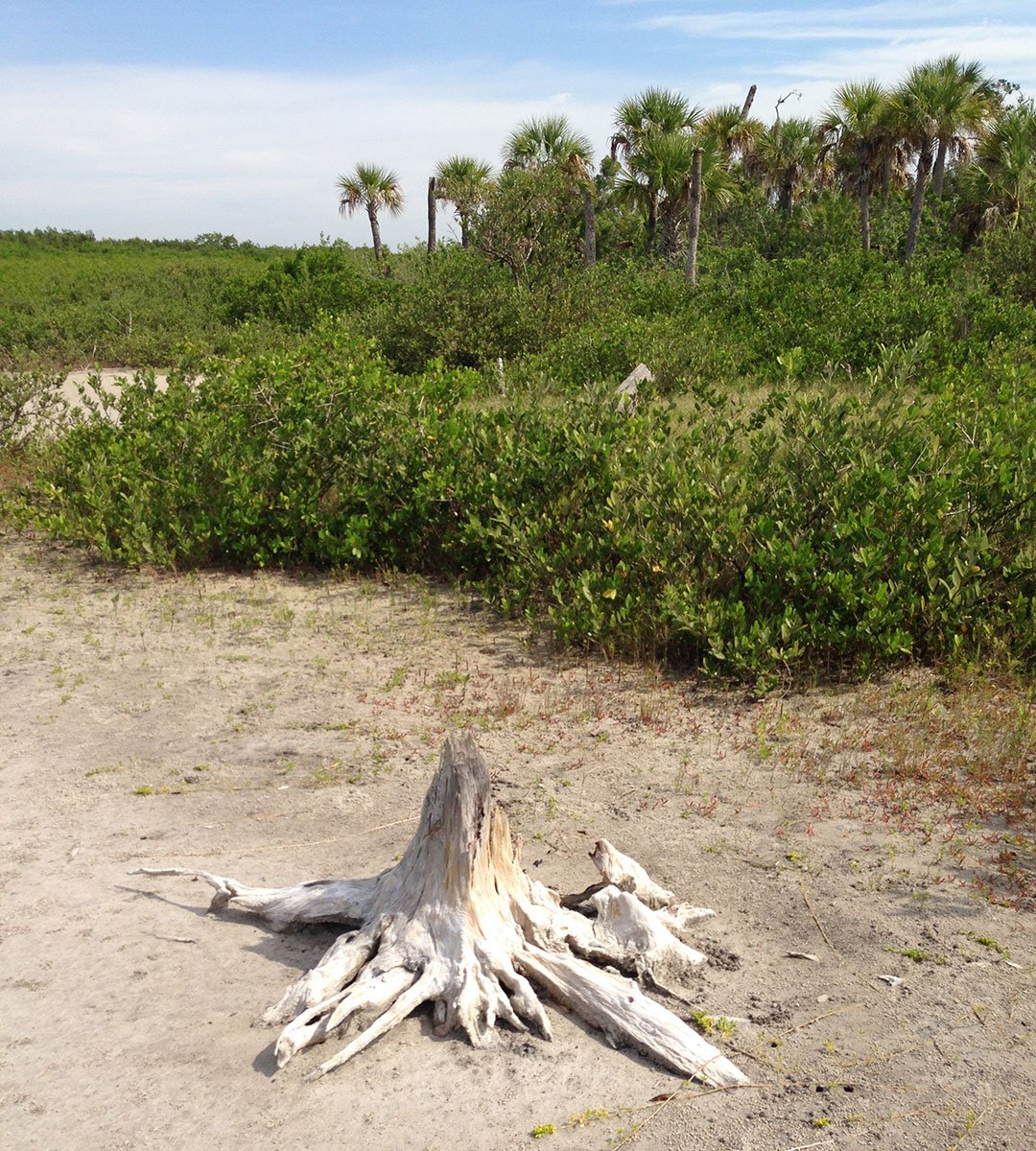
Similar Projects
News & Ideas
Coastal habitats like seagrass meadows, salt marshes, and mangrove forests are among our planet’s most...
ESA is once again a proud sponsor for this year’s Environmental Markets Conference in Seattle,...
ESA is pleased to sponsor, present, and attend this year’s 42nd Annual Salmonid Restoration Conference...
ESA is excited to sponsor, present, and attend this year’s Annual Conference of the California...
On April 20, 2010, BP’s offshore oil-drilling rig, the Deepwater Horizon, exploded and sank 41...

